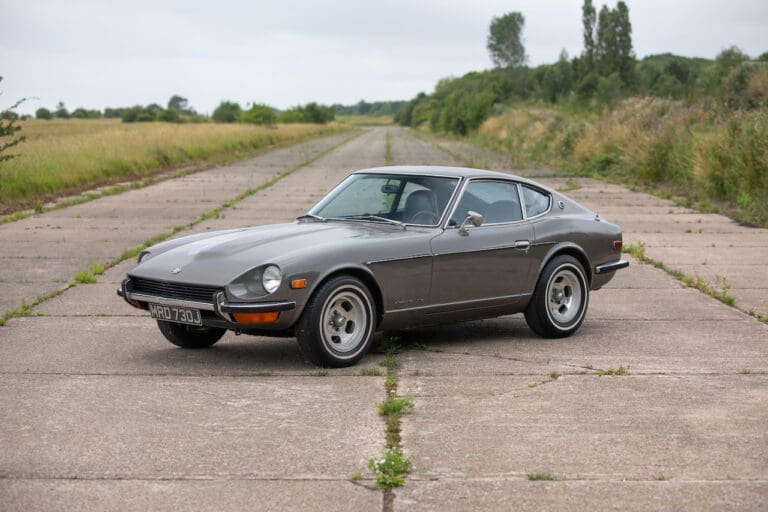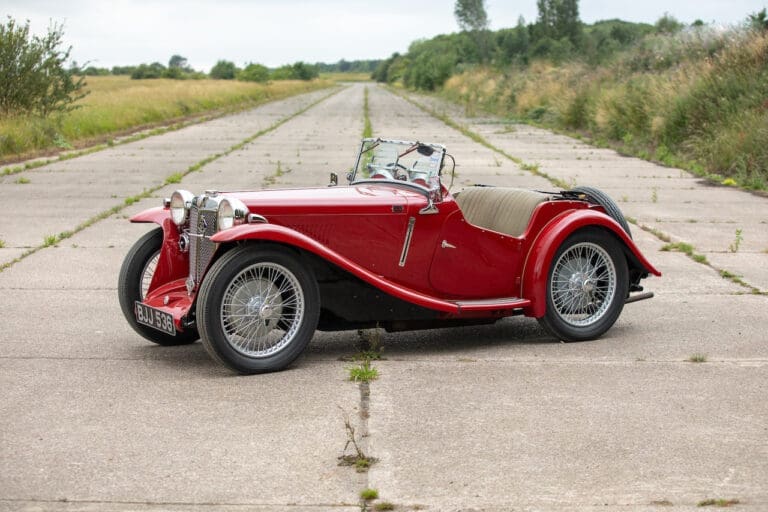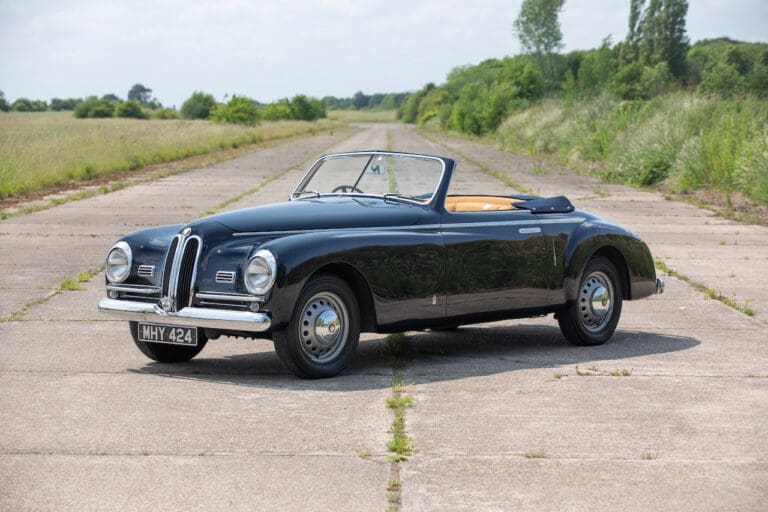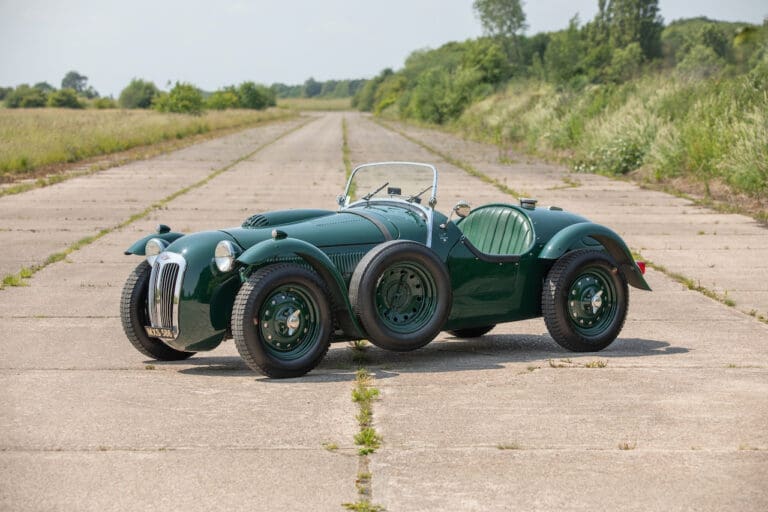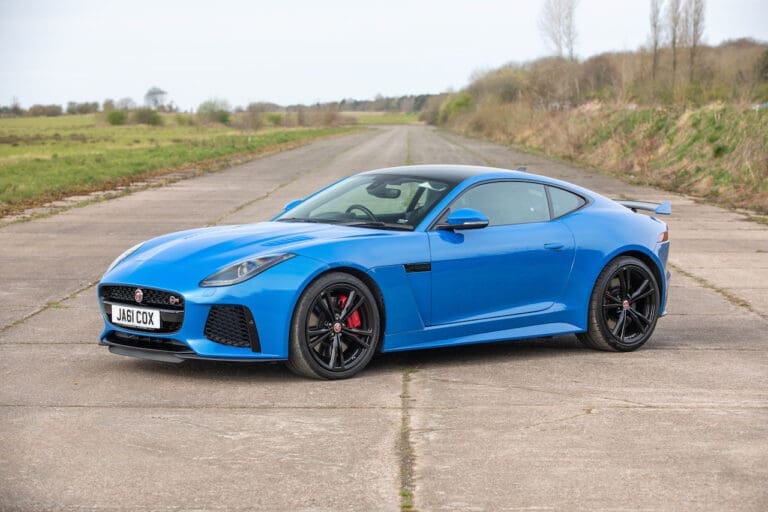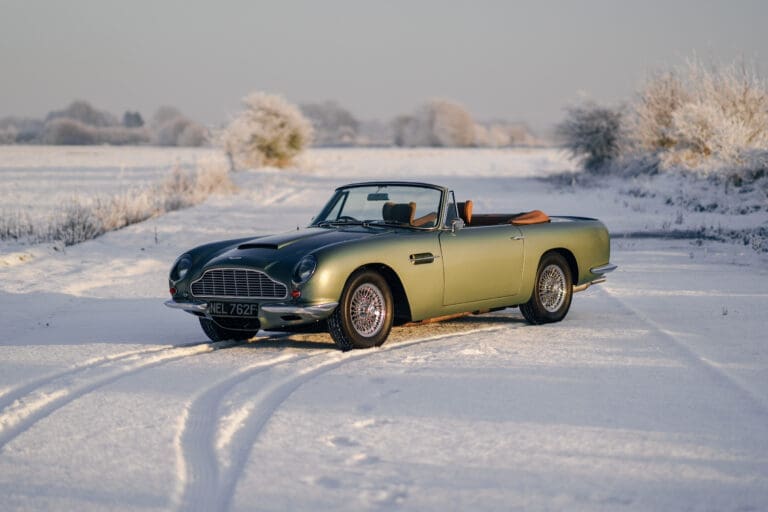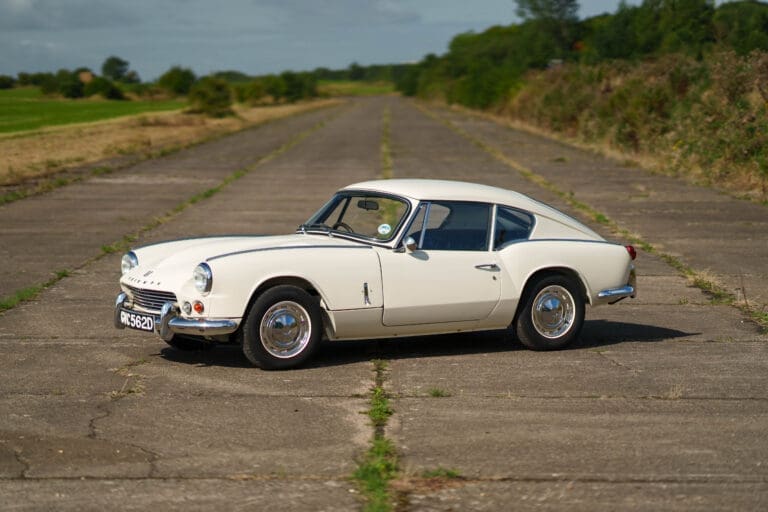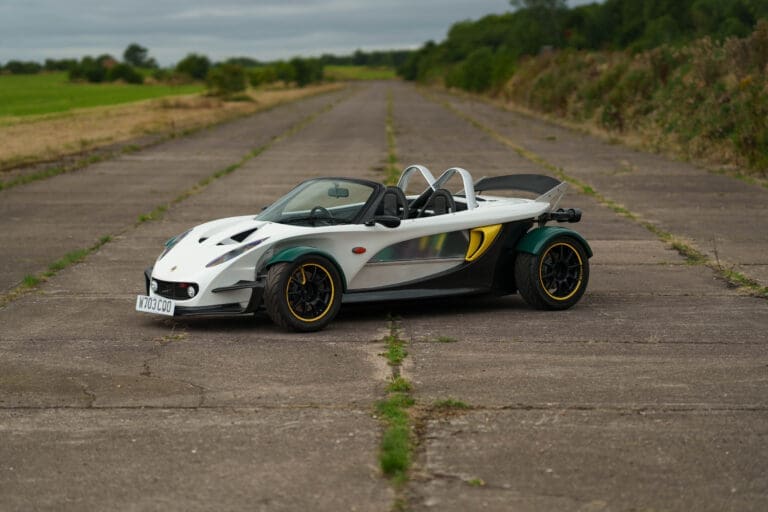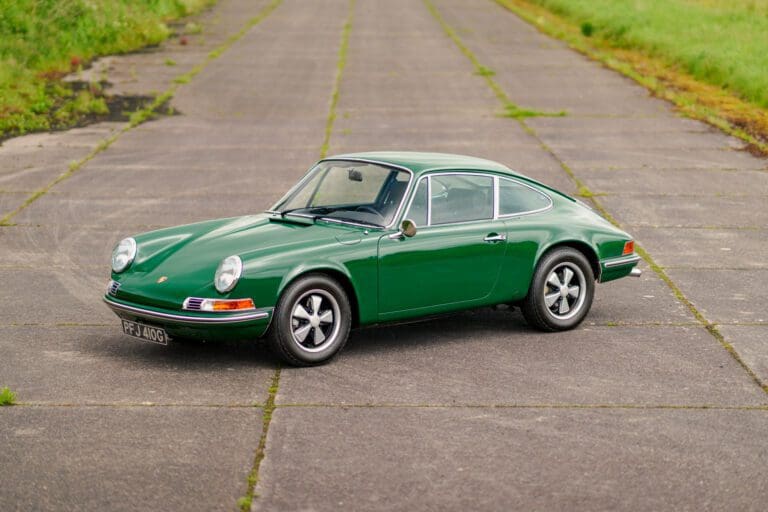Newsletter
Sign up with your email address to receive news and updates.

Adam Sykes & Co. are located in rural Cheshire, UK. We are just 20 minutes from Manchester Airport and 2 hours mainline from London.
Contact Info
- The Showroom, Appleton Autodrome, Swineyard Lane, High Legh, Cheshire, WA160SD
- info@adamsykes.co.uk
- 07429 600332 - Adam
Opening Hours
- 9-5 Monday to Friday
- Viewings by appointment only
- Weekends by arrangement
Follow us on Instagram
For a peek behind the scenes at Adam Sykes & Co. Come with us as we buy, sell, race and make friends around the world.

